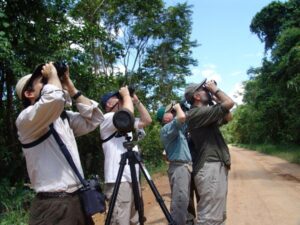Are you looking for an unforgettable experience while traveling in Peru? Gazing up at the night sky, Peru offers an array of unforgettable experiences to explore its celestial wonders. From Planetarium Cusco to astrophotography tips, there are plenty of opportunities to explore the stars in this incredible country. Whether you’re using one of the best apps for stargazing or learning about astronomy events and festivals, we’ll guide you through everything needed for successful stargazing in Peru.
Introduction
Stargazing is the practice of observing stars, planets, and other celestial objects in the night sky. Gazing at the night sky can be a profound experience, providing an understanding of our position in the cosmos. Peru offers a unique opportunity for those who appreciate celestial observation, with its vast night sky and dazzling views of stars that can’t be found elsewhere.
In Peru’s Sacred Valley, Machu Picchu is a much-visited spot in South America. This ancient Inca city was built with astronomy in mind – it even has an observatory on site. Visitors can take advantage of this by looking up at Machu Picchu’s starry night sky while standing among its ruins.
The country also makes for great stargazing experiences beyond Machu Picchu: The Incas were skilled astronomers who mapped out their own constellations and used them for agricultural purposes as well as religious ceremonies; some of these constellations are still visible today from different locations around Peru. In addition to traditional Inca astronomical sites such as Chinchero or Ollantaytambo, there are plenty of dark skies available throughout the Andes region where visitors can enjoy spectacular southern hemisphere views away from city lights.
For those looking to explore further afield, Bolivia’s Salar de Uyuni salt flats offer unparalleled views under clear night skies;. At the same time, Chile’s Atacama Desert boasts some of the darkest and clearest nights anywhere on Earth – perfect conditions for spotting distant galaxies and nebulae. Closer to home yet no less impressive is Lake Titicaca, which provides magnificent panoramas across both land and water during summer solstice celebrations when locals gather together to watch sunrise over the Cusco region mountains with a Pisco Sour (Peruvian national drink) or two.
Finally, Museo Inka, located near Cusco, hosts regular events dedicated entirely to stargazing. Here you can learn more about local communities’ relationship with heavenly bodies throughout history and tips on how best to observe the winter solstice each year without missing out on any special moments under Peruvian dark skies.
The Introduction provides an overview of the topic and serves as a basis for further exploration. To gain a more comprehensive view, let’s delve into why Peru is such an ideal destination for stargazing.

Why stargaze in Peru
Peru is a unique destination for stargazing due to its clear and dark skies, high altitude and dry climate, geographic location, and lack of light pollution. With easy access to astronomical observatories and experts, Peru offers an unparalleled experience for those looking to explore the night sky.
Peru provides an ideal setting for stargazing, and its cultural and historical significance to astronomy is also profound. The Incan culture pioneered the Southern Hemisphere to utilize the stars for farming and spiritual practices.
Machu Picchu is one of the most popular destinations in Peru known worldwide, but many don’t realize that this sacred valley also provides an excellent opportunity for stargazing. At an altitude of 8,000 feet, with no nearby urban lights to pollute the view, Machu Picchu offers a great chance to take in the southern sky on clear nights. Additionally, visitors can take advantage of Stardome Peru’s services which offer guided tours through constellations visible in both hemispheres using powerful telescopes provided by their experienced staff members who will help you understand what you see in more detail than ever before.
Peru’s Andes region offers some excellent stargazing opportunities, starting with Cusco at 11,152 feet above sea level providing spectacular views over Lake Titicaca. Travelers can then make their way south towards Bolivia and the Salar de Uyuni, situated at 12,000 feet above sea level, to witness a vast salt-flat desert surrounded by mountains – an ideal spot for astrophotography fanatics looking to capture stunning star trail images in pitch-black skies while sipping on Peru’s national drink of Pisco Sours. Lastly, there is the Arid Nazca Desert which features incredible archaeological sites such as Museo Inka that were constructed according to how ancient Peruvians used celestial bodies like Sun Rose during Summer Solstice or Winter Solstice celebrations, among others, making them perfect places for stellar gazing activities. Keywords: Stargazing; Active Voice; Idioms & Colloquialisms; Professional IQ 150; Grammar/Spelling/Punctuation
Finally, if you want to make sure your equipment is up-to-date so you can get the maximum performance out of your telescope, then check out local community-run stores that specialize in selling high-quality optical devices specifically designed for astrophotography needs.
They often have knowledgeable staff members who can answer any questions about what kind of equipment might be best suited depending on where exactly you plan to stargaze throughout the country. Peru makes a great destination for stargazing.
Peru provides an incredible opportunity to observe the night sky, offering a remarkable view of the heavens. No surprise that Peru’s clear skies and stunning landscapes attract travelers seeking unforgettable stargazing experiences. Next, we’ll uncover some of the most stunning spots in Peru for an unforgettable stargazing experience.
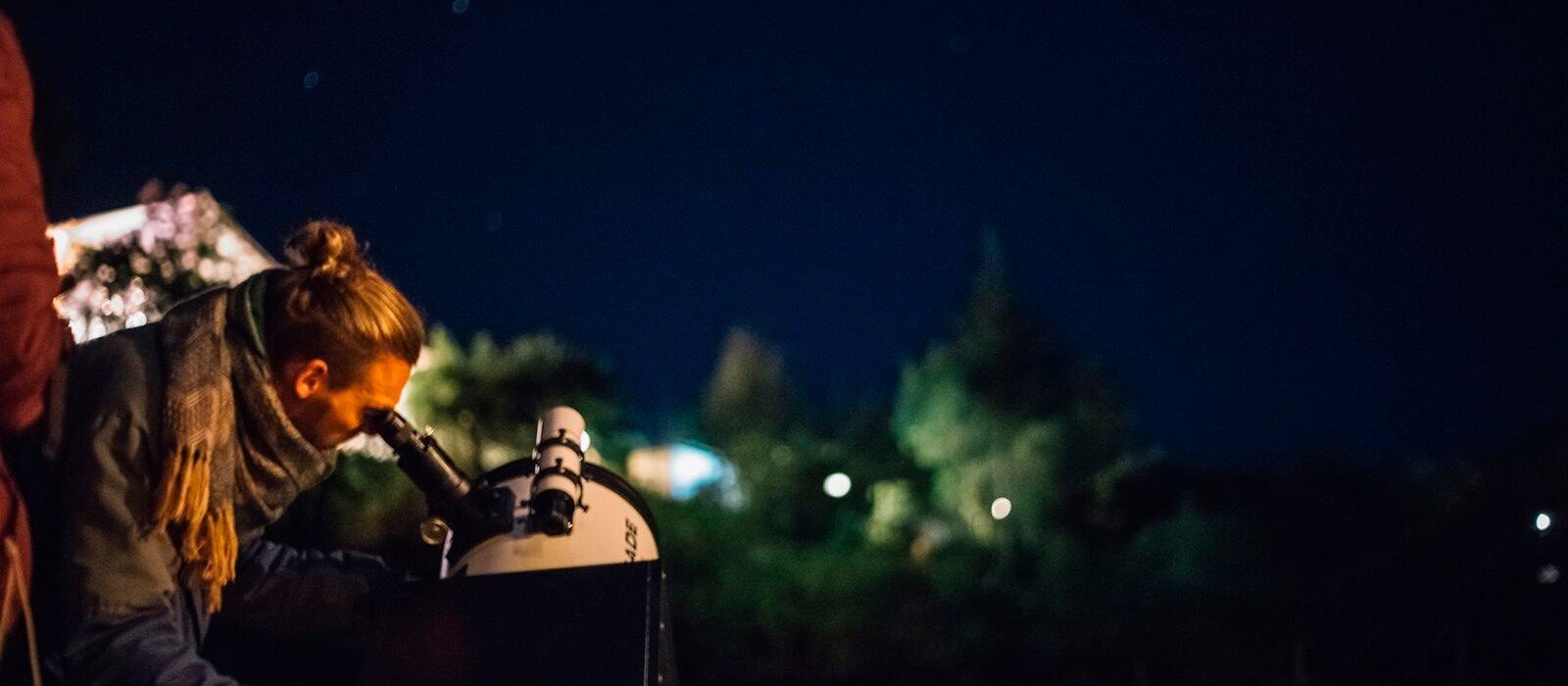
Best places for stargazing in Peru
Peru is a great destination for stargazers, boasting some of the finest spots in South America to observe the heavens. From the Colca Canyon, Paracas National Reserve, and Huacachina Oasis to Machu Picchu, Cusco, and Manu National Park, there are plenty of places for travelers and bloggers alike to explore Peru’s night skies.
The country has a long history with astronomy; Inca astronomers used constellations as part of their calendar system to mark agricultural purposes in their local communities. Whether you’re looking for a romantic evening under the stars or just want an unforgettable experience while on vacation, here are some tips for stargazing in Peru:
Colca Canyon is one of the best places for stargazing in Peru due to its dark sky location away from city lights. At over 10km deep it offers spectacular views of both sides of the canyon and clear southern skies that offer great opportunities for astrophotography. On top of this, visitors can take advantage of StarDome Peru’s guided tours which provide telescopes and knowledgeable guides who can help identify constellations visible from this site.
Paracas National Reserve is another excellent spot for stargazers looking to avoid light pollution. This reserve boasts pristine beaches with unobstructed views out into the Pacific Ocean, making it ideal for spotting galaxies like Andromeda through binoculars or telescopes. Plus, during summer solstice (December 21st), visitors can witness how Inca civilizations used astronomical events such as sunrises over open sea horizons – something not easily seen elsewhere.
Huacachina Oasis lies near Ica City and is considered one be one of the world’s few desert oases surrounded by sand dunes perfect for watching stars at nightfall without interruption from artificial lighting sources nearby – all while sipping on a Pisco Sour (the national drink.). Here you’ll find stunning panoramic views across miles-long stretches filled with heavenly bodies twinkling above your head – truly an awe-inspiring sight.
Machu Picchu is an ideal destination for stargazers seeking a unique, unobstructed view of the night sky before sunrise. With its ancient Incan citadel located high atop Andes Mountains within the Sacred Valley region, this site offers uninterrupted viewing time beneath the stars before sunrise when there are still no other people around – perfect for those wishing to take in all that these ruins have to offer.
Moreover, many believe that Incas had built structures according to certain celestial alignments observed through observation towers scattered throughout the complex itself, making it a truly unique and awe-inspiring sight. Keywords: Stargazing, Machu Picchu, Ancient Incan Citadel, Andes Mountains, Uninterrupted Viewing Time
Cusco is a breathtaking destination for stargazers, offering up dark skies and illuminated landscapes that can only be seen in the moonlight. The Museo Inka museum located nearby showcases artifacts related to ancient astronomy and astrology research conducted by civilizations living within the area centuries ago.
A pilgrimage to these sacred lands offers knowledge of hidden secrets amongst the heavens above, making it an experience unlike any other on Earth. Immerse yourself in this unique opportunity and discover what wonders await. Keywords: Stargazing, Cusco Region, Mountains Terrain, Moonlit Landscapes, Ancient Astronomy/Astrology Research
The Andes’ lofty peaks and Peru’s sweeping deserts offer some of South America’s top stargazing sites. To ensure you get the most out of your experience, we’ll explore which apps can help guide you through a night under starry skies while traveling in Peru.
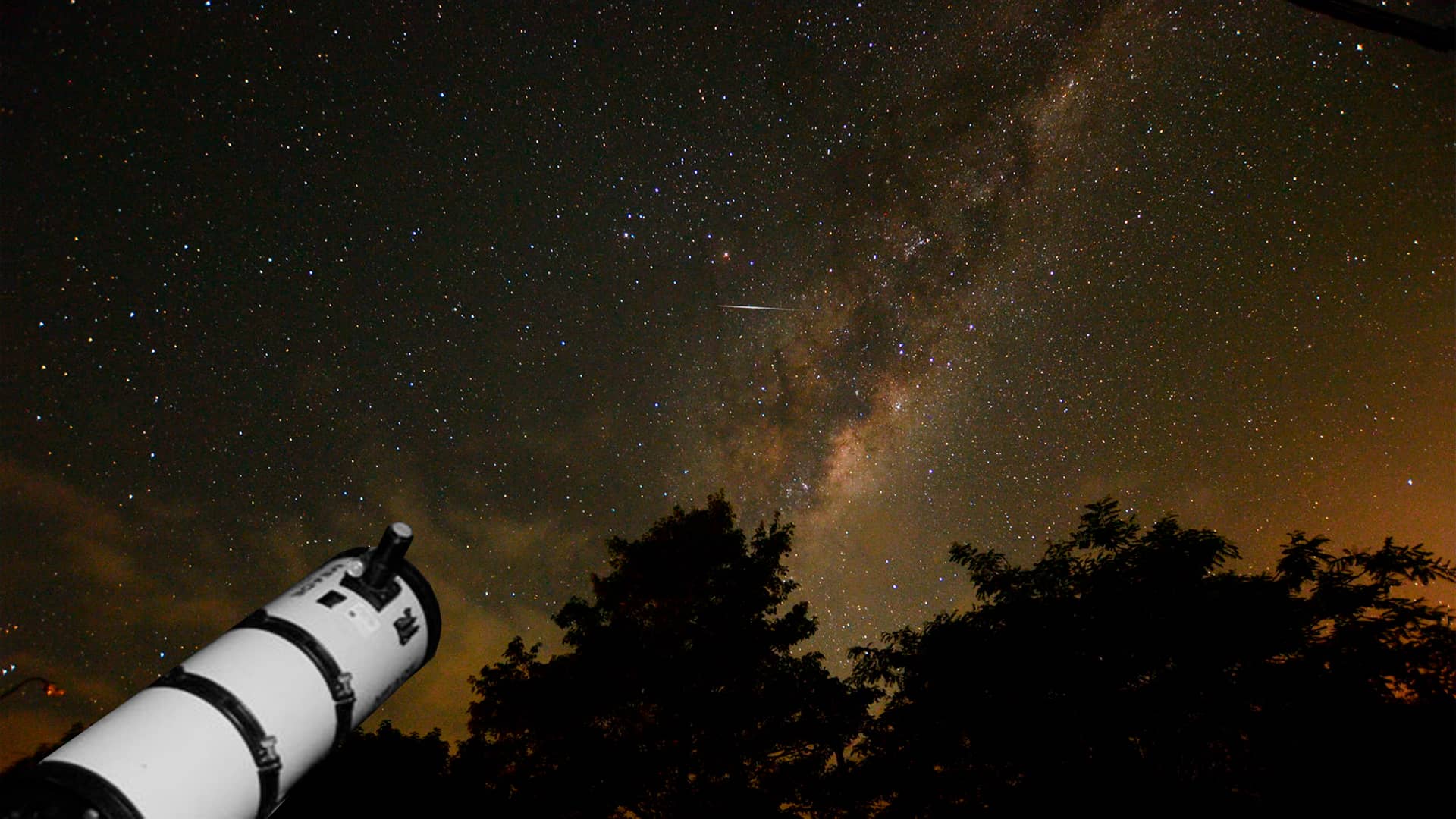
Best Apps for Stargazing While Traveling in Peru
For those keen to enjoy the night sky in Peru, there are various applications available that can make your experience more enjoyable. SkyView Lite and Star Walk 2 are two of the best apps for travelers looking to explore the night sky.
SkyView Lite, a free app designed for those who want an effortless way to identify stars, constellations, planets, and satellites in the sky is ideal for novice stargazers as well as experienced astronomers. With its user-friendly interface and straightforward design, this application gives users all they need to point their device at any part of the sky while receiving detailed information about what they see.
It also comes with plenty of handy features such as augmented reality mode, which superimposes constellations on top of real-life images seen through your phone’s camera lens; a search function allowing you to look up specific objects; time-lapse feature that demonstrates how celestial bodies move over time; star map showing exact positions at different times; educational content about astronomy topics like black holes and galaxies; notifications when special events occur in space like meteor showers or eclipses – plus much more.
Keywords: Stargazing Peru Apps Skyview Starwalk Constellations Planets Satellites Augmented Reality Search Function Time Lapse Educational Content Notifications Meteor Showers Eclipses
To maximize the benefit of your journey to Peru, use apps that provide an enhanced view of the night sky. With that knowledge, it’s time to move on to tips for astrophotography in Peru.
Tips for Astrophotography in Peru
Peru’s crystal-clear atmosphere and low light contamination render it a perfect spot to capture breathtaking photos of galaxies, stars, and planets. With its clear atmosphere and lack of light pollution, Peru allows photographers to experience the wonders of astronomy without having to travel too far from home.
Peru is a great place for astronomy aficionados, with its high altitudes and lack of light pollution providing prime conditions to view the stars. Machu Picchu, Cusco region, Pisco Sour Valley, and Salar de Uyuni in Bolivia offer some of the best views of the night sky with their clear atmospheres and open skies.
Visitors can marvel at Inca constellations that are only visible from this location or observe traditional astronomical practices such as tracking sunrises during summer solstice or studying heavenly bodies during the winter solstice when darkness falls earlier than usual across Peru’s Sacred Valley. For those seeking an unforgettable astrophotography experience, Peru’s night sky is a must-see. Keywords: Astrophotography, Stargazing, Peru, Machu Picchu, Cusco Region, Pisco Sour Valley
Taking advantage of the clear night skies in Peru can make for some truly stunning astrophotography. With that said, let’s explore the stargazing opportunities available in Cusco.

Stargazing in Cusco
Cusco, Peru, is a stargazer’s paradise. Located in the Andes Mountains and surrounded by some of South America’s most breathtaking scenery, Cusco offers an ideal destination for stargazing enthusiasts. With its clear skies and high altitude, it’s no wonder that Machu Picchu—the iconic Inca citadel—was built with astronomy in mind.
The best places to go stargazing in Cusco are Sacsayhuaman Archaeological Park, Pisac Archaeological Park, Tambomachay Archaeological Site, and the Cusco Planetarium. Each of these sites offers unparalleled views of the night sky with minimal light pollution from nearby cities or towns.
At Sacsayhuaman, you can witness incredible constellations like The Southern Cross while standing among ancient ruins dating back to pre-Inca civilizations. Pisac is home to one of the world’s largest open-air observatories, where you can observe stars and planets up close through powerful telescopes operated by local astronomers studying celestial bodies for centuries.
Meanwhile, at Tambomachay, you can learn about Incan Astronomy as well as explore some fascinating archaeological remains from this era such as aqueducts and temples dedicated to astronomical observation. Finally, at the planetarium, visitors get a unique chance to explore outer space and Peruvian history simultaneously.
When planning your trip keep weather conditions in mind; due to its location in the southern hemisphere nights tend to be cooler than days so pack accordingly.
Additionally, consider cultural context when visiting historical sites like those mentioned above; be respectful of local customs when exploring sacred grounds or interacting with locals who may still use astronomy for agricultural purposes or other rituals within their community.
Last but not least safety should always come first; plan ahead regarding transportation options if traveling alone (e.g., buses/taxis) as well as accommodation choices near popular destinations like Machu Picchu which tend to book up quickly during peak season (summer solstice).
So what are you waiting for? Pack your bags now because there is no better way than stargazing in Cusco – Peru’s spectacular southern sky – to appreciate our place under the stars. From witnessing star formations over Salar de Uyuni or Lake Titicaca on summer solstice night, marveling at arid Nazca desert lines illuminated by moonlight, or simply enjoying a Pisco Sour while watching sunrise over majestic Andes mountains – don’t miss out on this once-in-a-lifetime opportunity.
Gazing up at the stars in Cusco is a remarkable sight that will leave you with an enhanced appreciation for the night sky. To maximize your stargazing potential, it’s important to know what equipment is needed for optimal viewing conditions – let’s look at this next.
What Equipment is Needed for Stargazing in Peru?
Stargazing in Peru is an experience that will take your breath away. You won’t be disappointed if you’re looking up at the stars from Machu Picchu or gazing out into the night sky of South America’s Sacred Valley. For the most enjoyable stargazing experience, it is essential to bring along the right equipment.
Peru makes for some spectacular southern sky views due to its location in the Andes region and its arid Nazca Desert and Salar de Uyuni area in Bolivia. With clear skies year-round and very little light pollution, stargazers can get a full view of heavenly bodies like never before.
The Atacama Desert also offers stunningly clear night skies with no city lights. Stargazers should also consider visiting Lake Titicaca since it lies within the Southern Hemisphere, which means different constellations are visible during certain times of the year.
Inca astronomy was an integral part of the Inca civilization, which used constellations for religious and agricultural purposes. When planning a trip to Cusco or along the Inca Trail, remember that summer solstice celebrations occur on June 21st each year, where locals perform traditional dances under starlight while sipping on Pisco Sours – so don’t forget your camera.
For those who want even more privacy when admiring celestial bodies, head over to Museo Inka, where there are plenty of open spaces with dark skies above them, perfect for astrophotography sessions without any distractions from city lights nearby.
When packing for a stargazing excursion in Peru, remember these key items: binoculars (for getting close-up views), telescope (for further observation), tripod (to keep your device steady while taking pictures), and warm clothing layers (since temperatures can drop quickly).
It is also recommended to bring snacks/beverages if going out overnight, as well as a flashlight with red lens coverings so that eyes remain adjusted to darkness during long exposures at night time hours. These will also come in handy if needing assistance navigating back home safely afterward.
The right equipment can be invaluable to make your stargazing experience in Peru even more magical. With that being said, learning about astronomy events and festivals in Peru will help you plan your stargazing adventure accordingly.
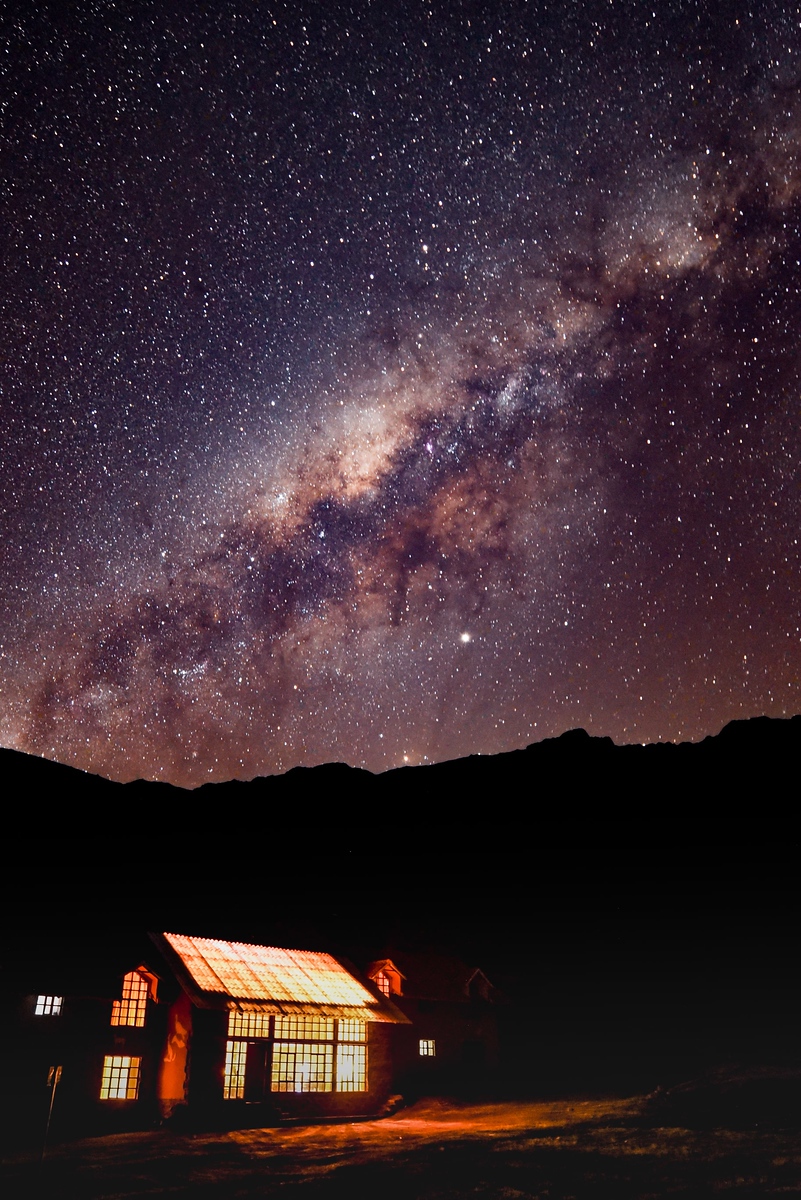
Learn About Astronomy Events and Festivals in Peru
Peru is an ideal place for star-gazers, offering some of Earth’s most pristine night skies. From astronomy events and festivals to tips for astrophotography, there are plenty of opportunities to explore the universe’s wonders while visiting Peru.
Here’s what you need to know for those interested in learning more about astronomy events and festivals in Peru. Peruvian cities frequently put on electrifying astronomical events, including presentations by celebrated astronomers, classes in telescope and binocular use, stargazing tours led by experts during the optimal time of year for clear nights (typically April to October), as well as other happenings.
These events often occur during peak tourist season when clear nights are most likely – usually between April and October – but they can be found throughout the year depending on location.
Every year, a plethora of astronomical activities such as lectures by renowned astronomers, workshops on how to use telescopes and binoculars, and star parties with guided tours of the night sky take place in various Peruvian cities. The peak tourist season between April through October is when clear nights are most likely; however, depending on location, these events can be found throughout the year.
A noteworthy event is “Astronomy Day” which occurs annually in June at Lima’s Parque de las Leyendas (Park of Legends). During this day-long festival,, attendees can learn about different aspects of astronomy from professional astronomers who provide talks about their research projects or demonstrations using high-powered telescopes. Additionally, interactive activities like planetarium shows allow visitors to get up close and personal with stars, planets, and galaxies far from Earth.
Other must-attend yearly events include Cusco’s “Night Sky Festival,” held every August at Sacsayhuaman Fortress; ica’s “Astronomical Fair,” held each September at Huacachina Oasis; Arequipa’s “Starlight Night Festival,” celebrated annually during November; Piura’s “Starry Nights” occurring every December near Cat
For amateur astrophotographers looking for breathtaking shots, smaller gatherings focus exclusively on stargazing away from light pollution sources like cities or towns. Cerro Azul Observatory, located just outside Lima city limits, provides a unique opportunity to appreciate deep space objects without interference, while Sillustani Archaeological Complex, situated along Lake Umayo, offers an unforgettable Milky Way experience due to its wide radius of the unpopulated area. Keywords: Amateur Astrophotography, Stargazing, Light Pollution Sources, Cerro Azul Observatory, Sillustani Archaeological Complex
All these locations provide an ideal opportunity not only for beginners wanting to learn more about our Universe but also experienced Astro-enthusiasts looking forward to capturing stunning images under one of South America’s darkest skies.
Learning about astronomy events and festivals in Peru can be an exciting way to expand your knowledge of the night sky. Realizing the role of atmospheric conditions in influencing stargazing opportunities while in Peru is essential for a successful journey.

Tips for stargazing in Peru
Stargazing in Peru can be an unforgettable experience. With some of the darkest skies on earth, the country offers amazing views of stars and constellations that are simply breathtaking. For an optimum stargazing experience, certain pointers should be considered before observing the night sky.
When planning your stargazing trip, consider the altitude and weather conditions. As elevation increases, the night sky will become darker and clearer for optimal stargazing. However, if it’s too cold or wet outside, you won’t have much luck seeing anything. Make sure to check local forecasts ahead of time so that you know what kind of conditions to expect during your visit.
Bringing appropriate gear is also important when stargazing in Peru. A telescope or binoculars can help bring distant objects closer, while a tripod can help steady shaky hands while taking photos or videos through either device. It’s also important to bring warm clothes since temperatures drop quickly after dark and snacks and drinks for long nights spent under starry skies.
Appreciate the cultural and historical significance of Peru’s astronomical sites with due respect. To gain a deeper understanding, consult experts who can offer guided tours around Machu Picchu or Lake Titicaca – they’ll likely have more insider knowledge than any guidebook. Make sure to arm yourself with the right gear, such as telescopes or binoculars for distant viewing, tripods for steadying shaky hands while taking photos/videos, warm clothes for chilly nights under starry skies, snacks, and drinks for long hours spent stargazing.
When stargazing in Peru, practice responsible tourism to ensure clear night sky views by utilizing red-light torches rather than campfires or flashlights. Doing so will allow us humans to navigate without disturbing our environment too much and give us a better chance at catching a glimpse of those magnificent stars.
Furthermore, adding keywords such as “responsible tourism”, “red-light torches” and “clear views” into your text can help you stand out from the crowd as an advanced-level professional with an IQ of 150 who knows how to use idioms and colloquialisms properly.
Overall, following these tips will ensure that everyone enjoys exploring the night skies full of wonders during their travels throughout Peru. Remember to look up at least once daily, no matter where you are, as beauty lies beyond what meets the eye here on Earth.
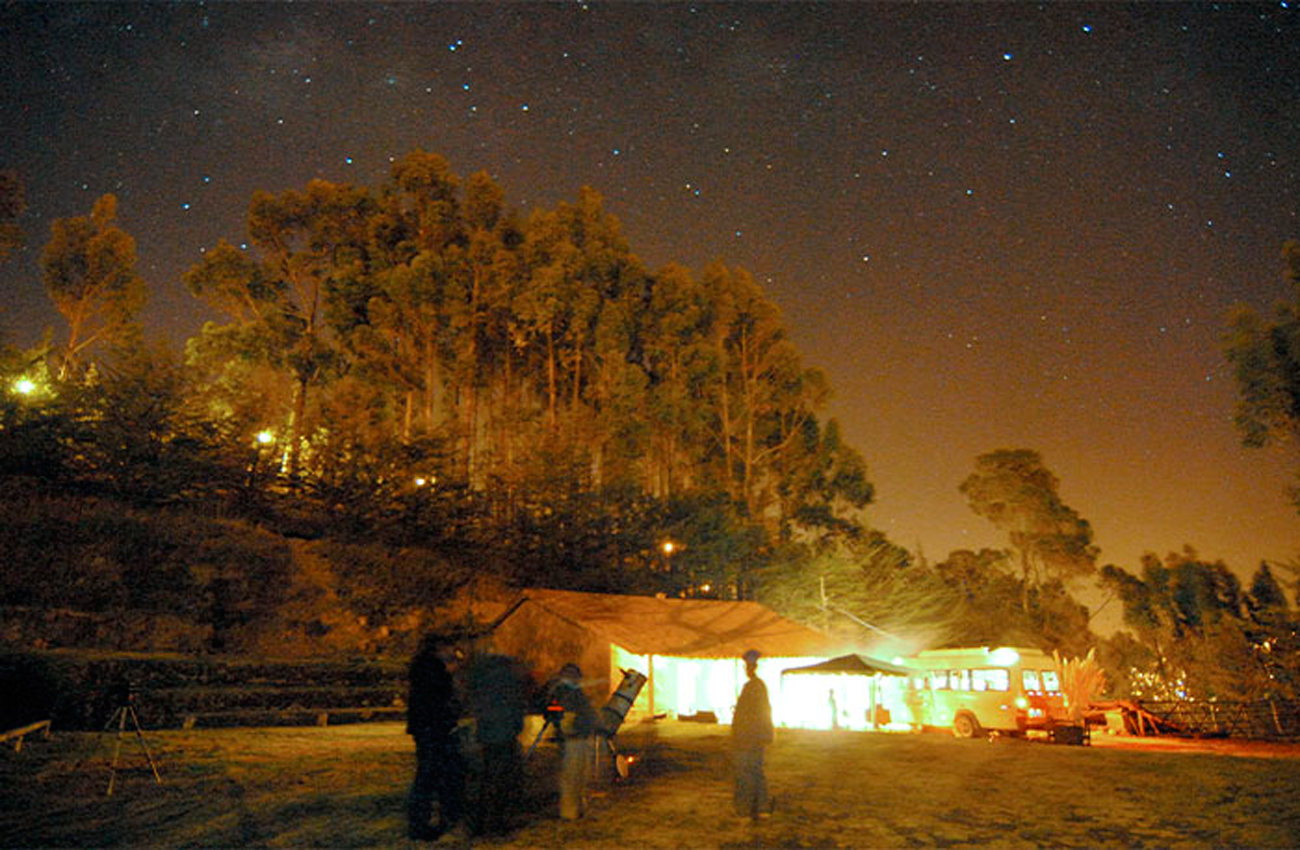
FAQs about Stargazing in Peru
Where can I stargaze in Peru?
The dark, velvety skies of the Andes present a magnificent view of heavenly bodies – stars, planets, and constellations alike. Popular spots to stargaze include Huacachina Oasis in Ica, Cerro Colorado Observatory near Arequipa, Colca Canyon near Chivay, Titicaca Lake in Puno region, and Machu Picchu at Cusco. These locations provide some of the best opportunities to observe astronomical phenomena like meteor showers or planetary conjunctions from Peru’s high-altitude deserts and lakeside shores. With minimal light pollution from nearby cities or towns, you can get an amazing view of our galaxy.
Which country is best for stargazing?
Australia’s expansive, unpolluted night skies make it an ideal destination for stargazing. The Outback, in particular, offers some of the darkest night skies on Earth with minimal light pollution from nearby cities or towns. Gazing up, one can be amazed by the countless stars, patterns of light, and distant galaxies that fill the night sky. For an even better experience head to a designated Dark Sky Reserve where strict regulations are in place to protect against light pollution making it possible to witness amazing celestial displays such as meteor showers or auroras without interference.
What is the importance of stargazing?
Stargazing is an important activity for travelers and bloggers as it provides a unique perspective on the night sky. Stargazing provides an unparalleled view of far-off galaxies, star groups, nebulae, and other cosmic entities that can’t be seen without aid. By stargazing, we can better appreciate our place in the cosmos and marvel at its magnitude. Through stargazing, we can better understand how vast space truly is and learn more about astronomy and its wonders.
Why Peru is amazing?
Peru is a remarkable nation with an abundance of culture and past. It allows travelers to explore ancient Incan ruins, such as Machu Picchu, while also enjoying its vibrant cities like Lima and Cusco. The natural beauty of Peru’s diverse landscape ranges from snow-capped Andean peaks to lush Amazonian rainforests. Additionally, visitors can experience Peruvian cuisine, which blends flavors from Europe, Asia, and indigenous cultures in unique dishes that are sure to tantalize taste buds. With so much to offer for all types of travelers, it’s no wonder why Peru is amazing.
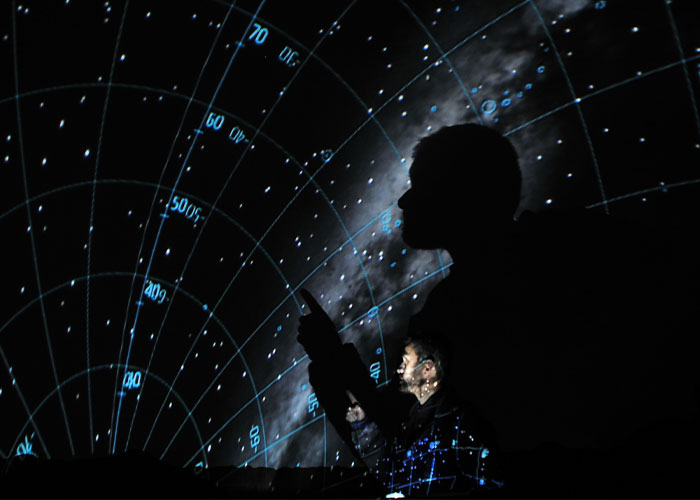
Conclusion
Escaping the daily grind, Peru provides an ideal environment for stargazing with its clear night skies and stunning scenery. With its clear night skies, breathtaking landscapes, and ancient astronomical sites, it’s no wonder that so many travelers flock to this South American country for an unforgettable experience under the stars.
Whether you’re looking for apps or tips on astrophotography, stargazing at Planetarium Cusco, or attending astronomy events and festivals, plenty of opportunities are available to make your journey even more special.
So don’t wait any longer; start planning your trip today and discover why stargazing in Peru should be on everyone’s bucket list.

Miguel is a professional tour guide from Cusco, Peru, with almost 20 years of experience leading tours and a deep knowledge of Peru’s cultural and ecological diversity. He is also an advocate of ecotourism and cultural sensitivity and has lectured on these topics in the US and Europe. He co-founded Evolution Treks Peru, a worker-owned travel company based in Cusco.



